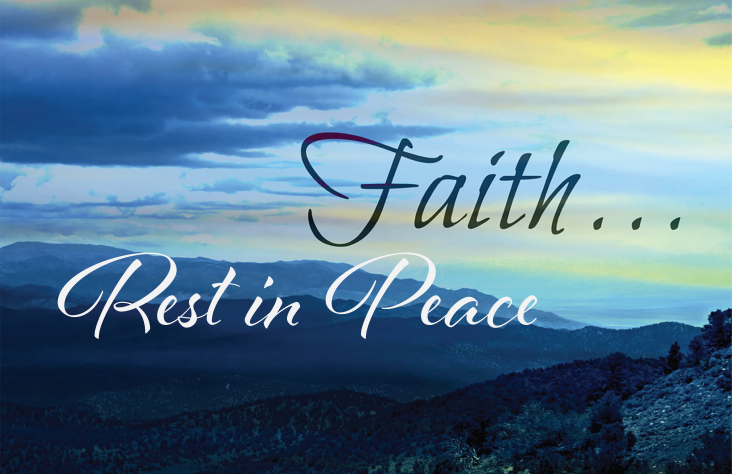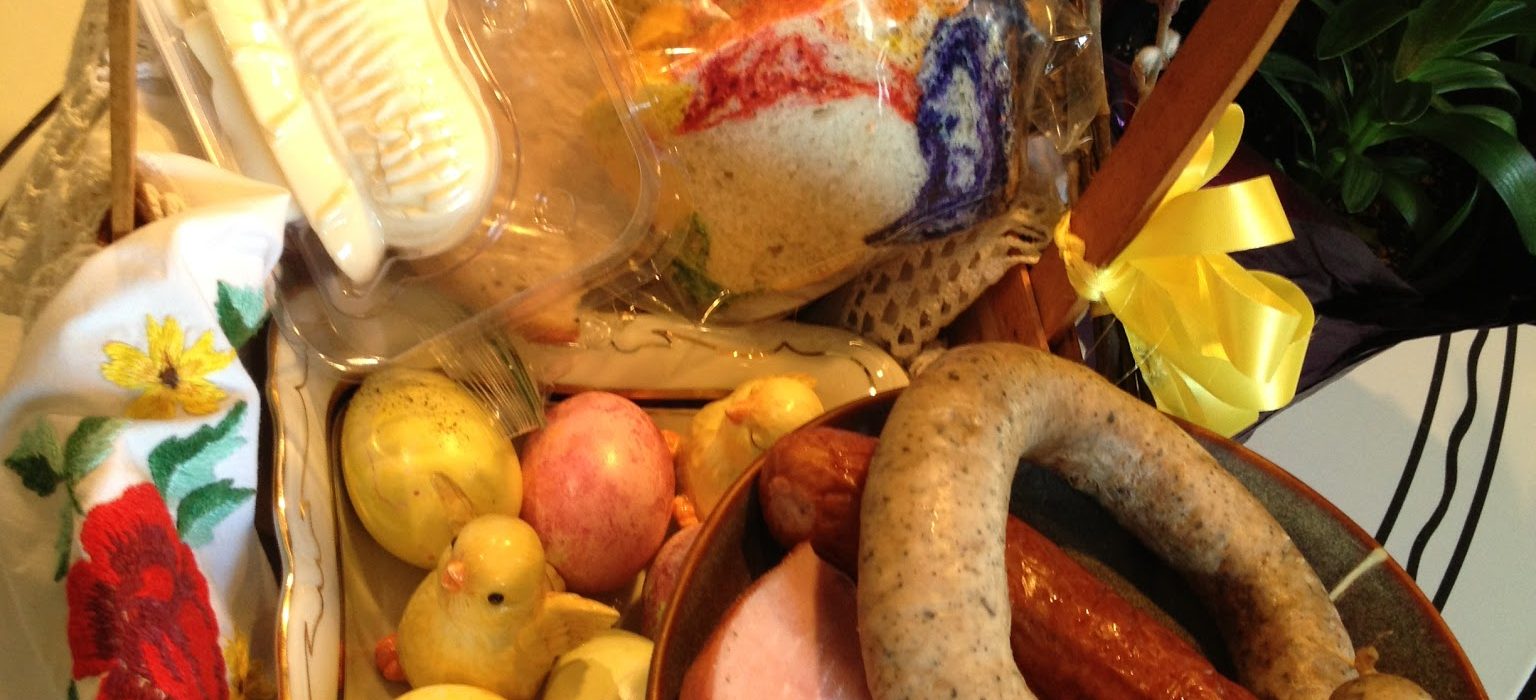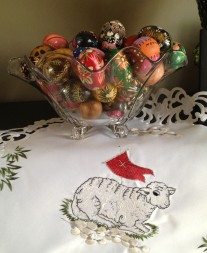March 23, 2016 // Local
Traditional blessings rich in symbolism
By Stephanie A. Patka
This summer, youth and young adults from across the diocese will be immersed into Polish culture as they travel to World Youth Day with Pope Francis. Some of Poland’s culture and tradition is celebrated here in the United States. One of the best examples is Swieconka (pronounced sh-vee-en-soon-kah). This tradition, also celebrated by many people of Slovak, Lithuanian and Ukrainian heritage, is known as the Polish Blessing of the Baskets and takes place on Holy Saturday.
Families prepare beautiful baskets containing a small sampling of the foods in their Easter feast and are brought to church to be blessed. Poles take special pride in preparing a colorful and decorative basket that is traditionally lined with a white linen or lace napkin and ornamented with sprigs of boxwood, pussy willow branches and ribbons woven throughout the handle.
The Blessing of the Baskets is a cheerful occasion that rejoices in anticipation of the Resurrection, celebrates the new life in the season of spring as well as acts as a public demonstration of thanksgiving for the gifts that God has bestowed to His faithful.
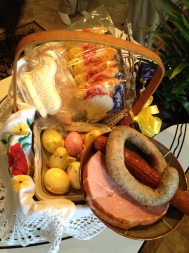
the foods blessed in the basket have special meaning. For example, eggs symbolize new life, bread reminds us of Jesus, the Bread of Life and sausage is a reminder of God’s abundance and generosity.
Poswiecenie Pokarmow – The Blessing of Food
The prayer of the blessing contains three parts that address the contents of each basket: the meats, eggs, cakes and breads. The items included in the basket are very significant. Each has a particular meaning or symbolism to the celebration of Easter and act of thanksgiving to God.
After the blessing, the priest will sprinkle each basket with Holy Water, with some using the traditional straw brush. There are variations in the way that the baskets are blessed — in some parishes, baskets are lined up on long tables, others will have a procession to the altar.
Prayer for the Blessing of the Breads and Baked Goods: The blessing calls Jesus the Bread of Life who died and rose for the life of the world. The prayer asks Him to bless the bread and holiday baked goods in memory of the bread offered at the Priest’s hands which becomes His body.
Prayer for the Blessing of the Meats and Sausages: This blessing asks Jesus, as the Lamb of God, to bless the meats and sausages, in memory of the Paschal Lamb, as He gave to the Apostles at the Last Supper.
Prayer for the Blessing of the Easter Eggs (Pisanki): This blessing addresses Christ, our Life and Resurrection and asks Him to bless the eggs, which are a sign of new life. The prayer also asks Jesus to remember our family, those close to us, as well as guests, especially those who wait in the hope of being with Him.
The blessed foods and symbolic meanings:
Egg—A symbol of new life and rebirth; a reference to Christ’s resurrection from the tomb
Sausage (kielbasa), ham and/or smoked bacon—Since all types of pork were forbidden under the dietary code of the Old Testament, these meats symbolize Christ as exceeding the Old Law, as these meats are now acceptable to consume. Traditionally, in poorer areas, these meats are considered a luxury and were not always readily available to families. Therefore, these foods are symbolic of God’s overabundance of mercy, favor and generosity. In some cultures lamb is preferred, which is to remind the family that the Risen Jesus is the Lamb of God.
Paschal Lamb—This lamb, with staff and red flag is a figurine that can be made out of butter, cake, sugar or even plaster. It is displayed as the centerpiece of the meal because Christ is the Lamb of God.
Horseradish & Pepper—These flavors are reminders of the bitter herbs of Passover and the Last Supper that Jesus ate with his apostles.
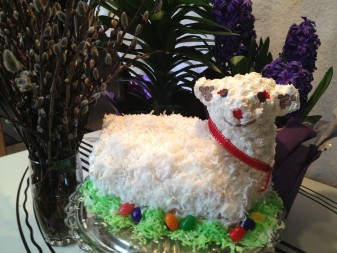 Salt—Salt accompanies bread in Polish tradition as sign of hospitality. A necessary element in our physical life is also symbolic of prosperity, justice and to remind us that people are the flavor of the earth.
Salt—Salt accompanies bread in Polish tradition as sign of hospitality. A necessary element in our physical life is also symbolic of prosperity, justice and to remind us that people are the flavor of the earth.
Bread—A reminder that Christ is called the Bread of Life.
Butter—Accompanied by the bread, this dairy product is often shaped into a lamb or a cross. This is to remind us of the good will and sweetness that we should always offer towards others.
Vinegar—Added to recall the gall offered to Jesus while he was on the Cross.
Wine—A symbol to recall the blood of Christ spilt at the crucifixion.
Cheese—Often shaped into a ball, cheese is a symbol of moderation
Holy Water—This holy water is kept in the kitchen throughout the year and is used to bless the home, animals, field and in religious rituals throughout the year.
Candle—A humble reminder that Christ is the Light of the World, this is changed yearly in the home on the night before Easter to signify the power of light over darkness.
The best news. Delivered to your inbox.
Subscribe to our mailing list today.



